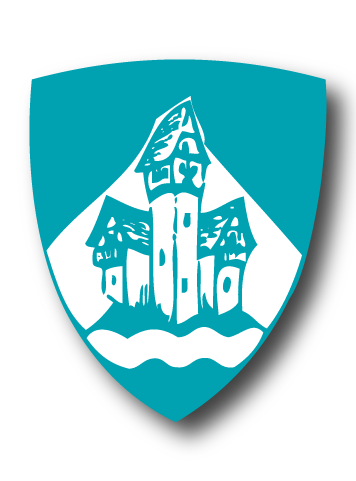About Helen, GA
Helen, Georgia is tucked away in the Blue Ridge Mountains near the headwaters of the Chattahoochee River which runs through the center of town—and is now a re-creation of an alpine village.
Helen’s history is far more complicated than the picturesque Bavarian Village of Georgia it has become. In fact, prior to 1800, the North Georgia area was the center of the Cherokee Indian nation, with villages throughout the Sautee Nacoochee valleys. As you drive into Helen from Cleveland or Clarkesville, you can still see evidence of the ceremonial Indian mounds through the valley.
In 1813, the Cherokees approved construction of the Unicoi Turnpike, a wagon road through their Nation from the Savannah River headwaters to northeast Tennessee. This trail, now Highways 17 and 75, ran through the valleys toward Hiawassee. The Cherokees were forced from the area by President Andrew Jackson, which is commonly known as the “Trail of Tears”.
White settlers quickly filled the void with the discovery of gold in Duke’s Creek in Nacoochee Valley in 1828. The first gold rush in the United States was bound by Dahlonega to the west and Nacoochee-Sautee Valley to the east. Miners came into the Nacoochee Valley and mined in the foothills for over a century, generating thousands of pounds of gold. Once the gold panned out and mining operations ceased by the end of the early 1900’s, the settlers moved on. But you can still see mining pits in some of the fields where the first gold rush occurred.
Next, timber became king in the valley with the construction of a large sawmill by the Mathews Lumber Company, which is now the site of the Helendorf. The Helen Valley actually received its name in 1913 from the railroad surveyor, which he coincidently named after his daughter Helen. The lumber company continued the sawmills operation until the 1930s, shipping to Europe and the U.S. until all timber was cut. Once again, the settlers left when the lumber company and sawmill stopped operations. By the 1960's, there was nothing left but a few concrete block structures.
The evolution of modern Helen began in 1968 at an extreme low point, when many of the community’s shops and textile mills were closing. At the time, local businessmen, including Pete Hodkinson, met to discuss what could be done to save the town. With the assistance of John Kollock, a nearby artist who had lived in Germany, transformed Helen. John sketched the town and added the German gingerbread trim, details and colors applied to the existing buildings to give them and alpine look. You can see much of John’s watercolors of old Bavaria located in the Helendorf’s guest rooms and throughout the property.
In January of 1969, business owners and local carpenters began turning ideas into reality and all of the downtown stores were renovated. Faces of buildings were painted with scenes of Bavaria and North Georgia, mirroring the migration of early settlers. In addition to the physical makeover that Pete Hodkinson and John Kollock created, Pete desired to bring more of Bavaria to Helen. So in 1970, Pete established Oktoberfest to celebrate the German harvest and beer festivals which brings more fun and culture to Georgia.
In 1974, Pete Hodkinson came up with the idea for the Helen-to-the-Atlantic Balloon Race and the Helendorf has been host and headquarters ever since, as well as a major sponsor and organizer of the event. The race is from Helen, Georgia to the Atlantic Ocean (I-95) or more commonly known as, “From the center of the world to the edge of the Earth”, based on Columbus’s fateful journey.
So there you have it, the story of a small town in a remote mountain community that reinvented itself over several centuries, and which today hosts millions of visitors each year to enjoy a touch of Bavaria in the North Georgia Mountains.




